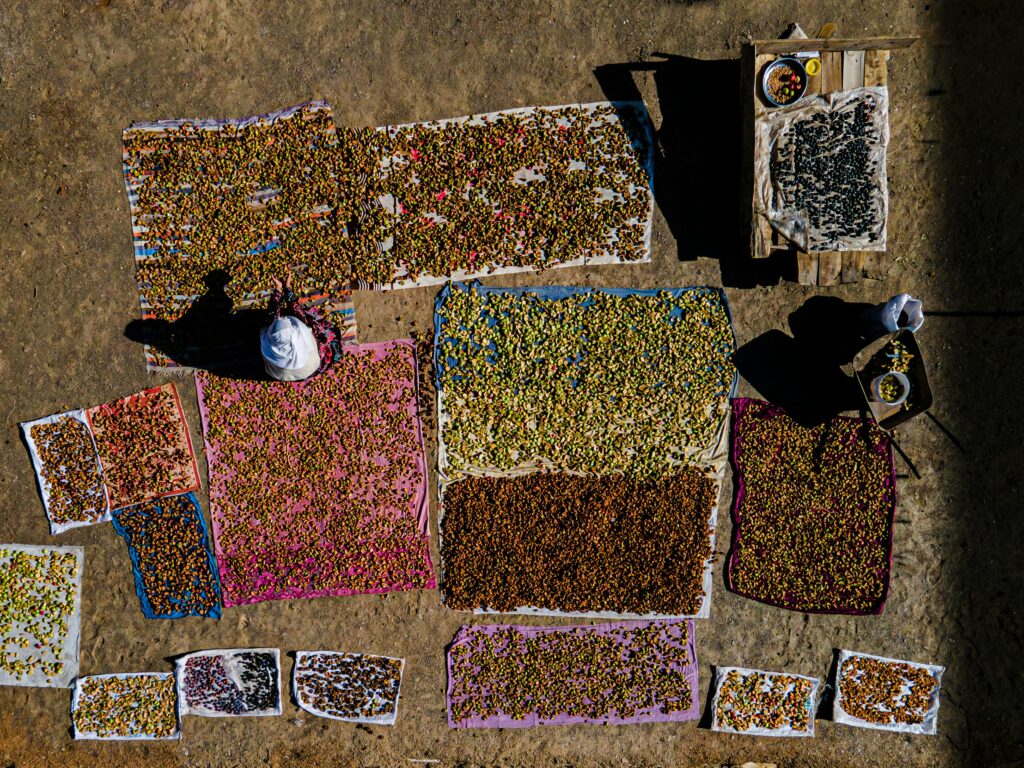Are you ready to enjoy your garden’s bounty all year round? Preserving garden produce is a great way to make the most of your hard work and reduce waste. With organic canning and smart food storage methods, you can savor the flavors of your harvest long after the season ends. This guide will provide you with practical tips to help you get started on your preserving journey.
The Importance of Preserving Your Harvest
Preserving your garden produce is not only about saving food; it’s also about enjoying fresh flavors during the off-season. Canning and proper storage methods allow you to eat healthy, organic food throughout the year. It also helps minimize waste by using up excess produce, which is especially important for organic gardeners.
Understanding Canning Basics
Types of Canning
There are two main methods of canning:
- Water Bath Canning: This method is perfect for high-acid foods like fruits, jams, and pickles. It involves submerging jars in boiling water to create a seal.
- Pressure Canning: This method is necessary for low-acid foods, such as vegetables and meats. It uses high pressure to ensure that bacteria are destroyed and the food is safe for long-term storage.
Essential Equipment
Before you start, gather the necessary equipment:
- Jars: Choose glass jars with lids. Make sure they are designed for canning.
- Canner: Use either a water bath canner or a pressure canner.
- Utensils: Get a jar lifter, funnel, and a lid lifter to help with the canning process.
Safety Guidelines
Food safety is crucial. Always follow these guidelines:
- Check for any signs of spoilage before canning.
- Make sure the seals on jars are tight after processing.
- Store canned goods in a cool, dark place.
Step-by-Step Canning Process
Preparing Your Produce
Start with fresh, high-quality produce. Wash and cut your fruits and vegetables. Remove any blemishes or spoiled parts.
Filling Jars
Pack your jars tightly, leaving about ½ inch of headspace at the top. This space helps create a vacuum seal as the jars cool.
Processing the Jars
- For water bath canning, process jars in boiling water for the recommended time based on the recipe.
- For pressure canning, follow the instructions for your canner to ensure proper pressure and time.
Cooling and Storing
After processing, let the jars cool completely on a clean towel. Once cooled, check that the lids are sealed by pressing the center. If it doesn’t pop back, it’s sealed properly. Store your jars in a cool, dark place.
Alternative Preservation Methods
Freezing
Freezing is an easy method for preserving garden produce. Wash and chop your fruits and vegetables, blanch them for a few minutes, and then freeze them in airtight containers or bags. This method keeps the nutrients intact and is great for preserving flavors.
Drying
Drying fruits and vegetables is another excellent option. You can use a dehydrator or an oven set to low heat. Make sure to store dried produce in airtight containers to keep moisture out.
Fermenting
Fermenting is a natural way to preserve food. It enhances flavors and adds health benefits. Try fermenting vegetables like cucumbers and carrots in a saltwater brine.

FAQs
1. What is the best method for canning vegetables?
The best method is pressure canning. This method ensures that low-acid foods are safely preserved.
2. How long can I store canned goods?
Canned goods can last for 1 to 2 years if stored properly in a cool, dark place. Always check for signs of spoilage before consuming.
3. Can I preserve organic produce without additives?
Yes! You can preserve organic produce without synthetic additives. Just use natural ingredients and follow safe canning practices.
Conclusion
Preserving your organic harvest through canning and proper storage is a rewarding way to enjoy fresh flavors throughout the year. By learning the basics of organic canning and exploring alternative methods, you can ensure that your hard work in the garden pays off. So gather your family, pick your produce, and start preserving today! Enjoy the delicious fruits of your labor long after the harvest season ends. Happy canning!
